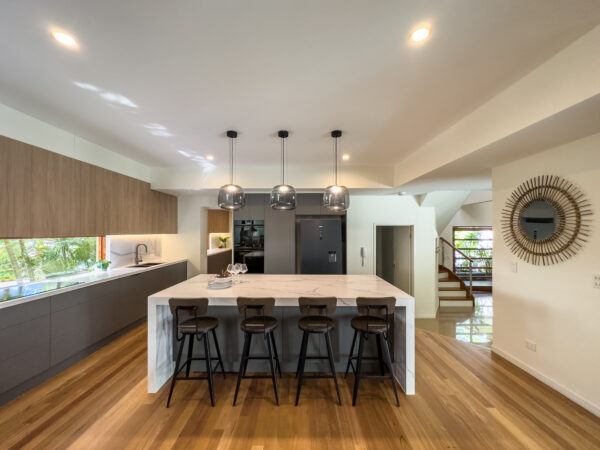Demystifying the Design and Approvals Process for Residential Construction Projects in Queensland
Embarking on a residential construction project in Queensland is an exciting endeavour, but it’s essential to understand the design and approvals process involved. Queensland’s construction industry is governed by regulations and guidelines to ensure safety, quality, and compliance. In this blog post, we will walk you through the key steps and considerations involved in the design and approvals process for residential construction projects in Queensland.
- Engaging a Professional:
The first step in any construction project is to engage a professional team comprising of an architect, building designer, or draftsperson, as well as a builder. Their expertise will help transform your vision into a viable design. It is crucial to choose a qualified professional who is well-versed in Queensland’s building codes and regulations.
- Concept and Detailed Design:
The design phase involves developing a concept design that captures your vision and requirements. Once approved, it progresses into the detailed design stage. Here, the design team prepares drawings, specifications, and other documentation required for the approval process.
- Development Application (DA) and Building Approval:
To commence construction in Queensland, you will either need to obtain a Development Approval (DA) and a Building Approval (BA), or just a BA depending on the type and extent of the project. The DA focuses on the impact of the proposed construction on the surrounding environment, while the BA ensures compliance with building codes and regulations.
a. Development Approval (DA): This application is typically submitted to the local council or a private certifier. It includes details such as site plans, floor plans, elevations, and any necessary supporting documentation. The DA process assesses factors like site suitability, zoning regulations, environmental impact, and neighbourhood considerations.
b. Building Approval (BA): Once the DA is approved, the BA process begins. A building certifier reviews the detailed construction plans, engineering reports, and specifications to ensure compliance with building codes, fire safety regulations, accessibility standards, and energy efficiency requirements.
- Other Approvals and Consultations:
Depending on the nature of your project, additional approvals or consultations may be required:
a. Planning Approvals: In some cases, projects may require additional planning approvals, such as those related to heritage considerations or specific overlays, like flood or bushfire prone areas.
b. Plumbing and Drainage Approvals: Plumbing and drainage designs must comply with relevant regulations. Plumbing approvals ensure that the proposed plumbing works meet safety and health standards.
c. Energy Efficiency Assessment: Compliance with energy efficiency requirements, including energy ratings, may necessitate an assessment by a qualified professional.
d. Consultations: Depending on the project’s scope, consultations with stakeholders such as neighbours, homeowners’ associations, or relevant government bodies may be necessary.
- Construction Documentation:
After obtaining the necessary approvals, construction documentation is prepared. This includes detailed construction drawings, specifications, engineering reports, and any other documentation required for the construction phase.
- Construction Phase:
With all approvals and documentation in place, the construction phase can begin. It is crucial to engage experienced builders and tradespeople to ensure the project is executed to the approved plans and specifications. Regular inspections by building certifiers will occur at various stages to verify compliance and quality.
Navigating the design and approvals process for residential construction projects in Queensland requires careful planning, compliance with regulations, and engaging professionals who are well-versed in the local building codes. By following the steps outlined above and collaborating with an experienced team, you can ensure a smooth and successful construction project, bringing your dream home to life while adhering to the highest standards of safety and quality. Remember, each project is unique, and it is advisable to seek professional advice tailored to your specific requirements and location.
Get in touch with Nomad Built today and we can walk you through the process, as well as coordinate it on your behalf.

